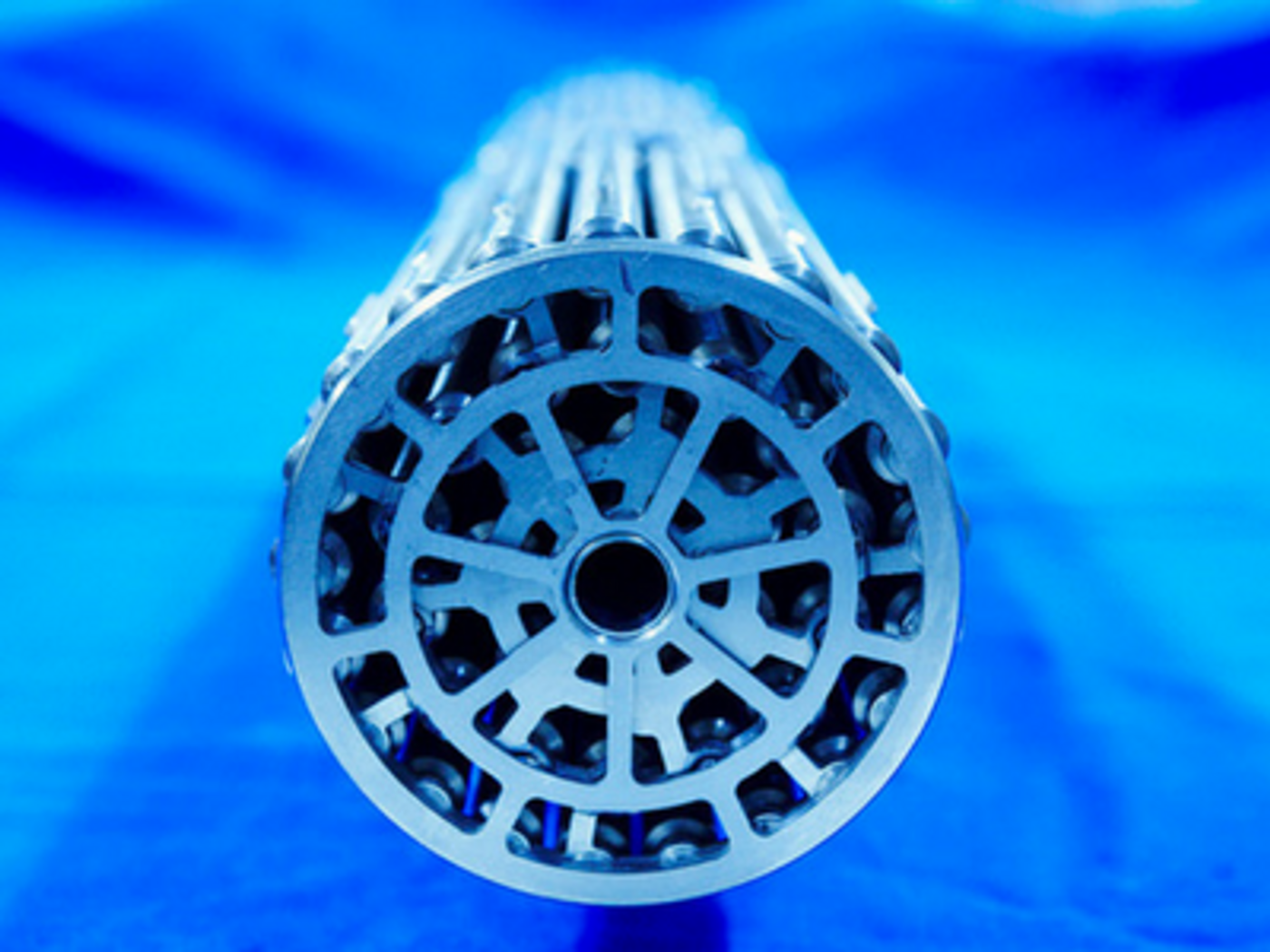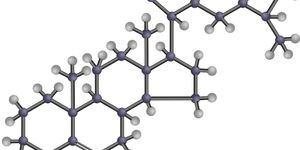Canada's Small Reactor Demo Projects: Ready, Set, Go!
The next big thing in the nuclear industry is "small" – the small modular reactor (SMR) that is.
Through decades of maturation, many current SMR designs are much more than just a shrunken version of traditional, large-scale reactors. They generate power with high efficiency, have inherent safety mechanisms, require minimum construction and a small operating crew, and are therefore considered by many to be a viable option to produce low-carbon electricity and combat climate change.
Last summer, Canadian Nuclear Laboratories (CNL), a government contractor for the crown corporation Atomic Energy of Canada Limited (AECL) launched a public consultation for parties that are interested in pursuing SMR technology. The organization later followed up with an invitation to SMR proponents, research institutes and industries alike, to build one or more demo reactor units at their Chalk River and Whiteshell sites.
Canada is a pioneer in nuclear science and has a rich history of advancing reactor technology. Developed by AECL in the 1950s, CANDU (synonym for Canada Deuterium Uranium) is a pressurized heavy-water based nuclear reactor. Successful early deployment and sequential design improvements have made CANDU a popular option in nuclear power generation. To this day there are 31 such reactors in use in Canada and nine other countries.

Related: the role of small modular reactors in the future of energy
This June, CNL announced that they had received responses from four international and domestic proponents who are seeking to construct demo SMR units at their sites.
In an interview with Labroots, Dr. Bronwyn Hyland, CNL's SMR Program Manager discussed the current status of the SMR Demonstration Projects. She said that CNL has performed generic siting studies in its operating facilities, Chalk River Laboratories and Whiteshell Laboratories. Although multiple potential locations suitable for construction of demo SMRs have been identified, it is still too early to speculate how many and what type of units will be established.
Not intending to build a new small reactor on their own, CNL offers SMR proponents a licensed nuclear site for construction, a point emphasized by CNL in their invitation to SMR developers. However, the established regulatory, safety, security, utility service and scientific infrastructure at CNL-managed sites can assist the interested parties in building and testing the demo units.
Their confidence in moving the projects forward lies in their history with small reactors. Whiteshell Laboratories hosts the WR-1, a proof-of-concept low output reactor that innovatively uses an organic, oily substance as the coolant, as compared to the usual heavy water. Another successful example is the SLOWPOKE (Safe LOW-POwer Kritical Experiment) reactor. It is a super-safe, low-energy, research reactor designed by Atomic Energy of Canada Limited (AECL) in the late 1960s. Because of its innate safety features, it has been deployed in universities and research institutions that are located in densely populated urban areas.
According to Dr. Hyland, the SMR demonstration unit(s) can provide synergistic benefits to the expansion of CNL's own hydrogen generation program, one of seven long-term strategic initiatives the nuclear contractor is pursuing.

South of the border, the growth of SMR technology has also gained substantial traction. NuScale, an Oregon-based small reactor developer, has obtained phase I approval on its SMR design by the U.S. Nuclear Regulatory Commission. What's more, their first customer has even placed an order.
Concerning the timeline of their projects, CNL is cautiously optimistic. The design of the small reactor(s) will be subject to final approval by the Canadian Nuclear Safety Commission, even after all the technical obstacles are overcome, according to Hyland. They expect at least one demonstration unit to be built on a CNL site by 2026, at the earliest.
Canadian Nuclear Laboratories - Overview (CNL)
Source: CNL
[This article contains Labroots original contents]









